From Bela Lugosi to Christopher Lee, from Tomb of Dracula to Nosferatu — and BEYOND…
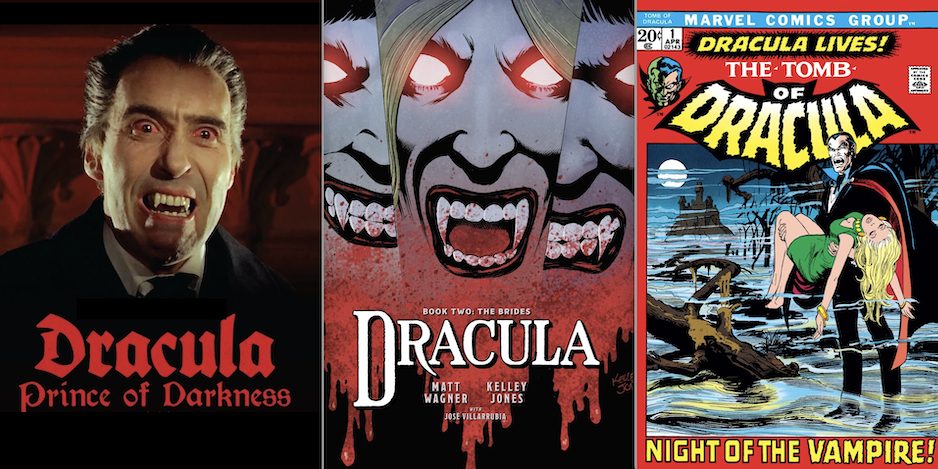
By MATT WAGNER
I want to say thanks to Dan Greenfield for asking me to provide a list of MY 13 FAVORITE VERSIONS OF DRACULA for 13th Dimension — just in time for Halloween, and coinciding with Kelley Jones’ and my newest Kickstarter campaign, for Dracula: Book II — The Brides! I’ll preface this compendium by stating that I’m not including the original 1897 novel by Bram Stoker herein. It goes without saying — that’s the OG and best version of the vampire lord. These other interpretations are the haunting and resonant echoes inspired by that legendary book.
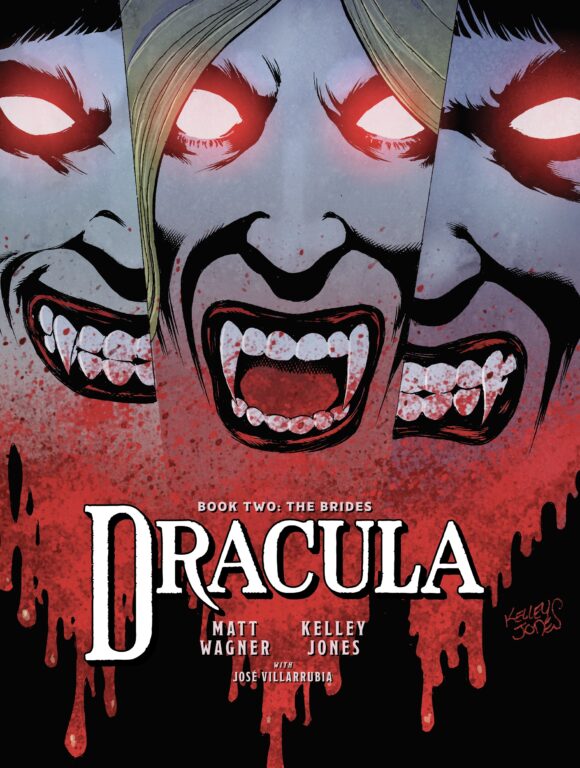
In no particular order:
—
Dracula: Prince of Darkness (1966). Let’s kick things off with my favorite entry in Christopher Lee’s long-running series of portraying the vampire lord for Hammer Studios. Even though Dracula himself has no spoken dialogue in this film, his snarling menace is palpable. And the gruesome scene where Dracula is resurrected by his man-servant still resonates as intensely creepy and frighteningly staged even by today’s standards.
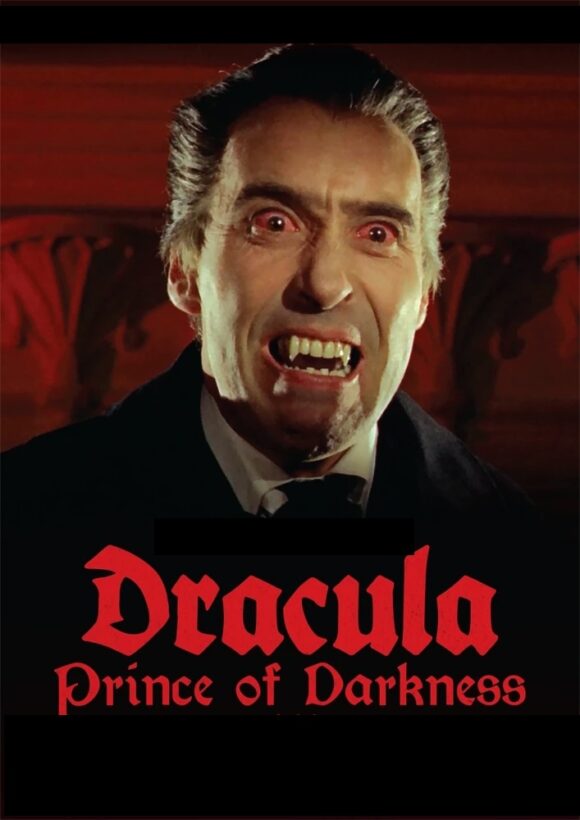
—
Nosferatu (1922). Not only the greatest horror film of the silent era but also considered by some to be the greatest silent film ever made. Director F. W. Murnau’s striking and atmospheric masterpiece was an unauthorized adaptation of Bram Stoker’s original novel. Max Schreck in the title role established an eerie and captivating look for vampires that has been imitated ever since. This film is also the origin of the deadly effects of sunlight on vampires; previous to this, the blood-sucking fiends tended to avoid the daylight but weren’t, in fact, destroyed by it.

—
The Historian, by Elizabeth Kostova (2005). Kostova’s massive novel is a delightful slow burn that presents most of its vampires as feral and slavish ghouls, setting Dracula himself quite above the rank-and-file of the undead. Dracula’s onstage appearance toward the end of the novel provides a merciless yet cultivated portrait of the infamous monster whose grand private library provides the source of the book’s title. Readers of my Dracula series with art by the incredible Kelley Jones will recognize a certain similarity in our portrayal of the vampire lord.
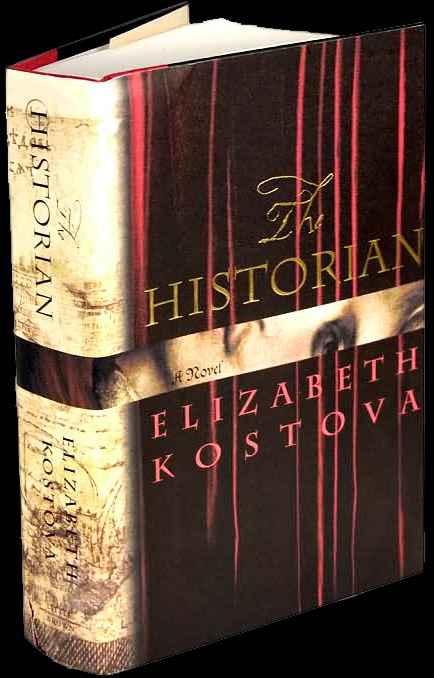
—
The Dracula Horror Series, by Robert Lory (1973-75). This series of paperbacks was ubiquitous on bookstore shelves when I was young but I only recently actually read some of them. Beginning with Dracula Returns, these adventurous tales are based on a wild concept: Dracula is resurrected to act as the supernatural attack dog for a Professor X-like international crime-fighter. Rounding out the team of good guys is the professor’s assistant — a giant, Puerto Rican, martial-arts expert — and a centuries-old, seductive werecat-woman. Pure pulpy pleasure!
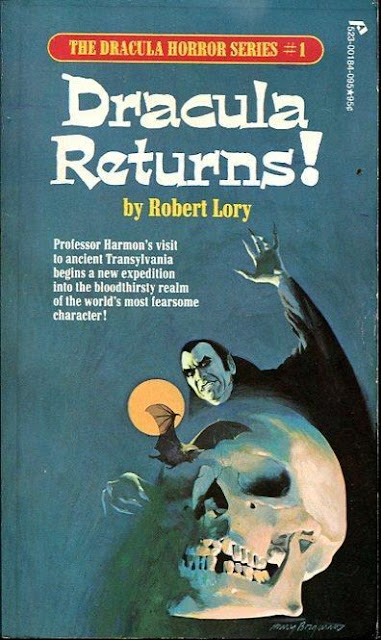
—
Nosferatu the Vampyre (1979). It takes a daring creative voice to try a remake of one of the most classic examples of cinematic history — and to pull it off! Director Werner Herzog’s moody homage to what he considers his German homeland’s greatest film is an unexpected masterpiece that nearly rivals its inspirational source. Actor Klaus Kinski brings an achingly human loneliness to the role of Dracula and the visuals are both poetic and terrifying. It’s almost unthinkable but contemporary director Robert Eggers is now set to release his own version of this tale, which looks to be equally stunning. Three versions of the same film that are all objectively great — has that ever been done before?!
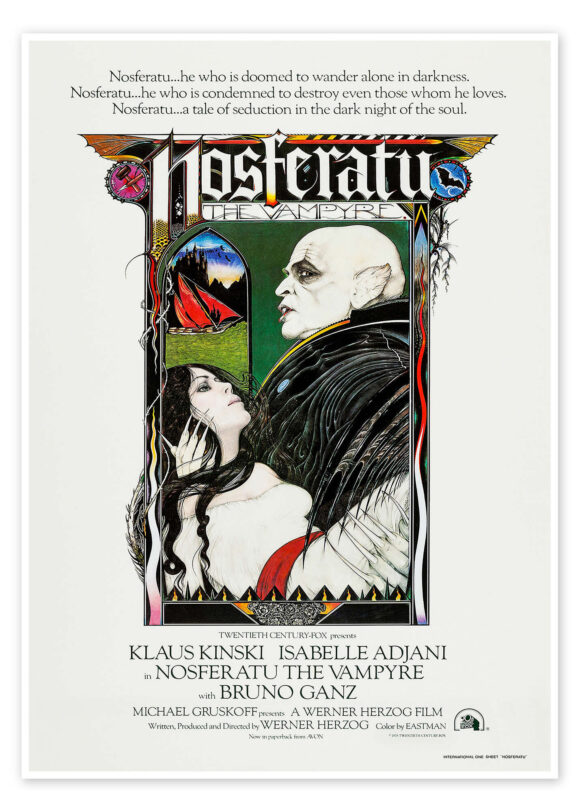
—
Tomb of Dracula (Marvel, 1972-79). Writer Marv Wolfman and artist Gene Colan’s Marvel series has stood for years as the comic book version of Dracula. At first struggling to find a direction, the series really hit its stride when Wolfman came on as the regular writer. The storyline finds descendants of the heroes from the original novel again having to contend with the menace of a resurrected Dracula. The quasi-vampiric undead hunter Blade was first introduced in this title and later branched off into other Marvel territory. Colan came up with a fresh depiction of Dracula, based not on the classic Lugosi or Lee models, but on actor Jack Palance.
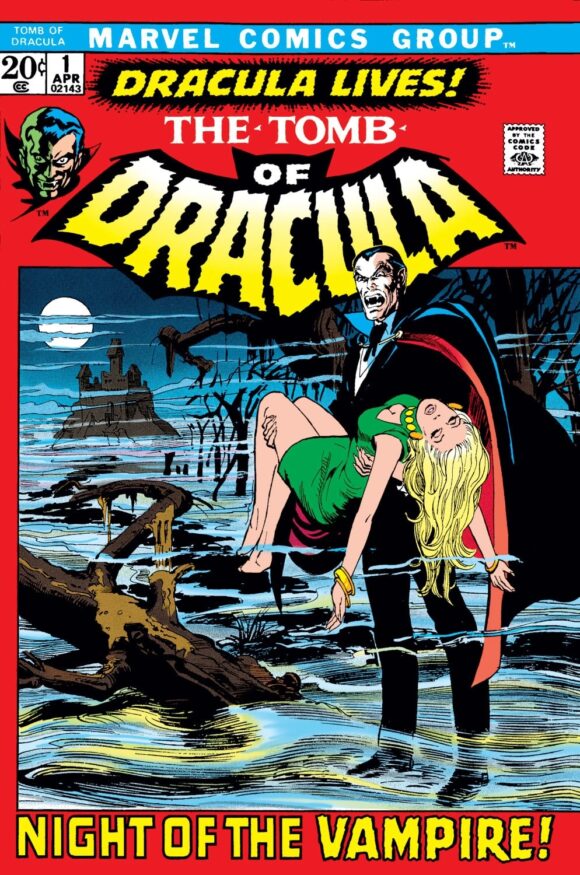
—
Dracula (1974). Following the success of his supernatural soap opera, Dark Shadows, producer Dan Curtis directed this adaptation of Bram Stoker’s original novel as a made-for-TV movie (which was a thing back in the ’70s). It features a screenplay by horror maestro Richard Matheson, author of the vampire classic I Am Legend. Palance gives a vigorous portrayal of the vampire lord, brutally exercising his strength against mere mortals. This film was the first to present the story element of Mina being seen as a reincarnation of Dracula’s long lost love — a motif that was repeated pretty much verbatim in the later Bram Stoker’s Dracula.
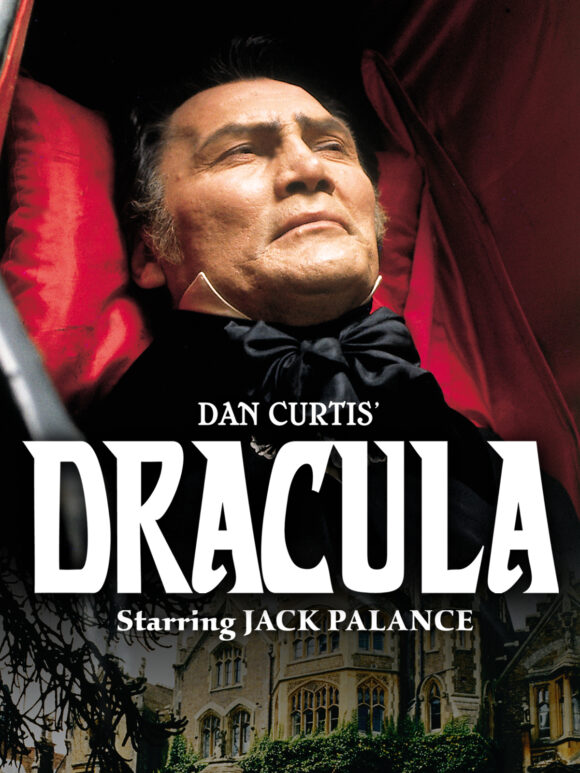
—
Bram Stoker’s Dracula (1992). My god… what a love/hate relationship I have with this film. I was so excited when it was first announced that famed Godfather director Francis Ford Coppola was going to do an adaptation of Dracula, supposedly one of the most faithful yet produced (only in some respects). And while I find the movie to be incredibly miscast — Keanu Reeves and Winona Ryder are both thoroughly unconvincing as Brits, Anthony Hopkins’ tone as Van Helsing is just all over the place and Gary Oldman overacts to the point where he isn’t in the least bit scary or commanding as Dracula — at the same time, I absolutely love Coppola’s old-school filmmaking techniques and classic sense of cinema. A flawed but stylish and compelling version of this classic tale.
—
Count Dracula (1977). Next, we’ve got yet another made-for-TV adaptation of the novel produced by the BBC and starring French actor Louis Jourdan in the title role. This one, with a few minor changes, is also considered one of the most faithful adaptations of the original novel and it has a lot to recommend it, making the most of a limited budget and run time. Jourdan presents a curiously modern look as Dracula in a Victorian-era setting (his haircut especially) but manages to convey a world-weary reality combined with a dark sense of barely contained menace.
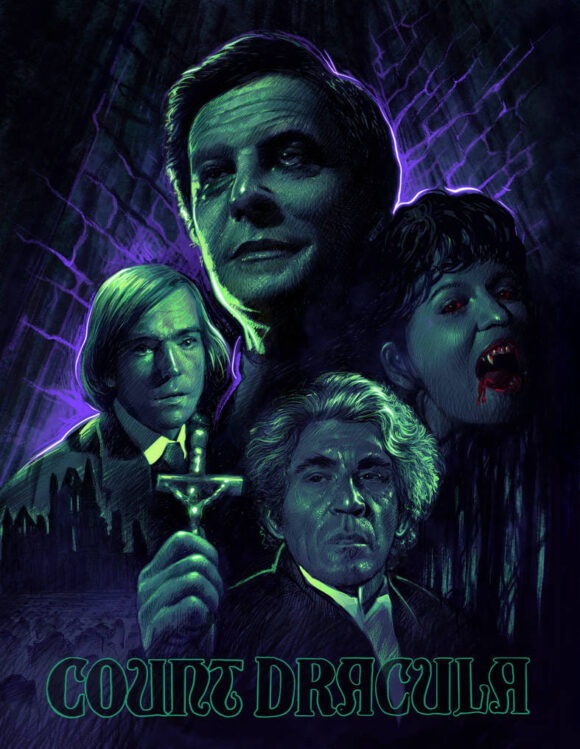
—
Dracula (1979). And speaking of out-of-place hair styles… this John Badham-directed film stars a very blow-dried Frank Langella as The Count and the esteemed Lawrence Olivier as Van Helsing. Inspired by the successful stage play revival of Dracula in the late ’70s (with sets designed by artist Edward Gorey) this is actually a nice addition to the mythos, with Langella projecting a ton of animal magnetism as well as an insistent feral hunger. There’s a seduction scene in the middle that looks reminiscent of the light show at a Pink Floyd concert, but is actually a very effective bit of cinema. The ending gets sold rather short and comes off a bit cheesy, but there’s a lot of powerful imagery and staging in this flick.
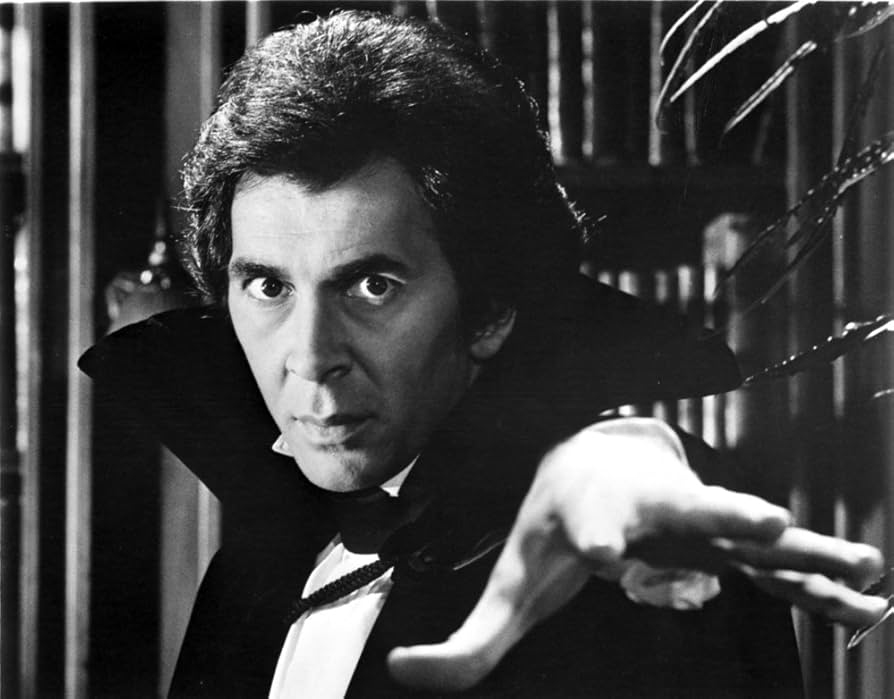
—
The Holmes-Dracula File, by Fred Saberhagen (1978). Fred Saberhagen was a sci-fi/fantasy author who also wrote a handful of Dracula-pastiche novels. This was the first one I read when I was young and it’s a thoroughly thrilling romp through the worlds of both these great — and mutually contemporary — literary characters. It’s also high pulp, with a mad scientist, secret societies and a plot to unleash a deadly plague on the unsuspecting British populace during Queen Victoria’s jubilee celebration. The author even provides a surprising reason for the physical similarities of the two title characters. Saberhagen’s Dracula manages to be a merciless monster and somehow sympathetic at the same time… another source of inspiration for Kelley and myself.
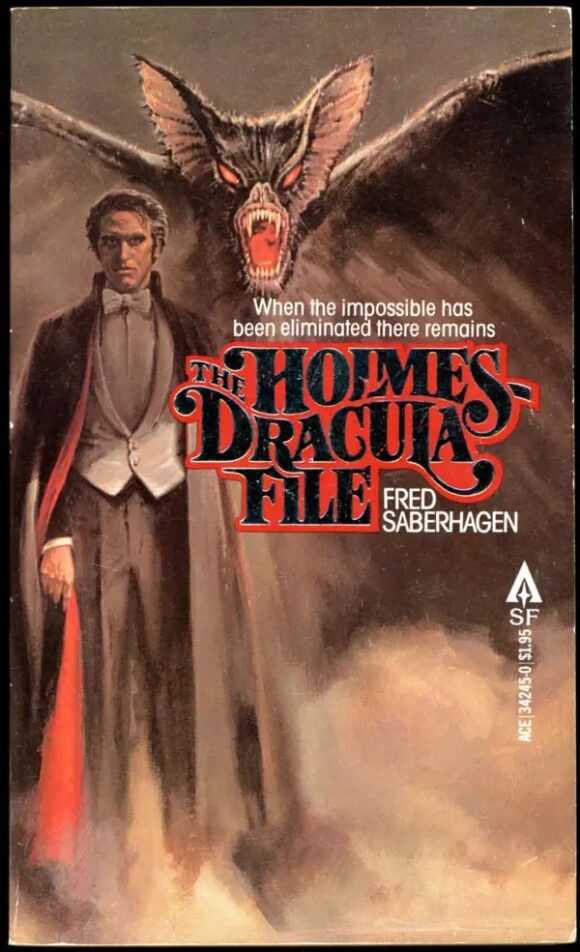
—
Dracula (both versions, 1931). This was the grandaddy that kicked it all off, the first crown jewel in Universal Studios’ long reign as the undisputed kings of horror cinema throughout the ’30s and ’40s. And it’s a real conundrum, captivating in its own right but also somewhat boring, slow-paced and too cautious with its scares. Director Tod Browning was reportedly not very engaged with the film and it shows. While the main cast and crew filmed during the day, a different crew would take the night shift to film a Spanish-language version of the same movie. This version, directed by George Melford, is by far the better filmed, but Latin star Carlos Villarias doesn’t come close to matching Bela Lugosi’s magnetic onscreen presence. If only there was a way to toss these two versions in a blender and combine all the best parts of each — the result would be an undead masterpiece!
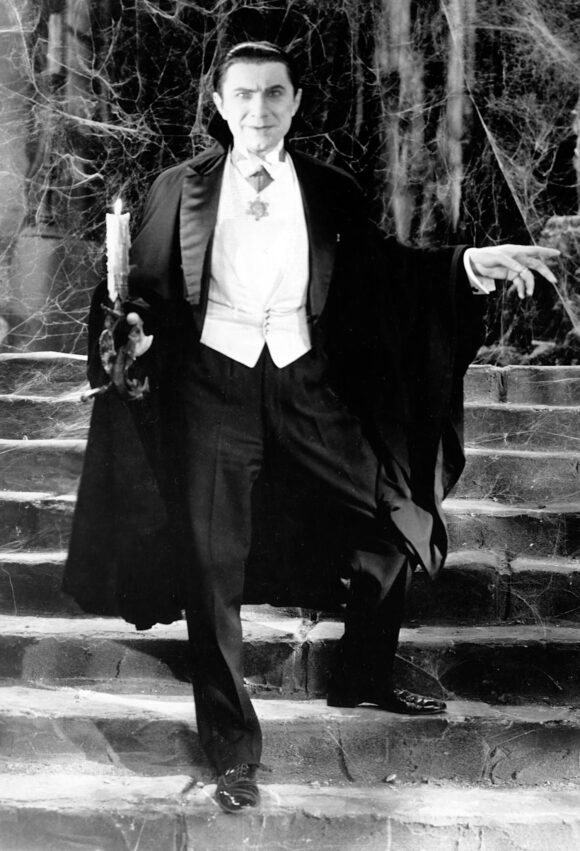
—
Dracula, by Matt Wagner and Kelley Jones (2024). Of course, I had to include our version of Dracula on this list! After all, the only reason Kelley and I took on the telling of our epic saga in the first place is due to the fact that none of the other versions quite fully satisfied our fascination with the bloodthirsty Count. And we feel that our depiction is fairly unique, adhering strictly to the specific details from Stoker’s original novel without being yet another retelling of the book itself.
We’re taking our inspiration from the tantalizing and sinister hints about Dracula’s history to unveil the stories that lurk in the shadows of the novel’s spine-tingling narrative. A planned series of at least four graphic novels, our journey began in Dracula: Book I—The Impaler (in comics shops Oct. 23 via Dark Horse) and continues with Book II—The Brides, which is available via our latest Kickstarter campaign. Kelley and I both hope you’ll join us for an all-new portrayal of the most famous literary character of all time… Dracula!
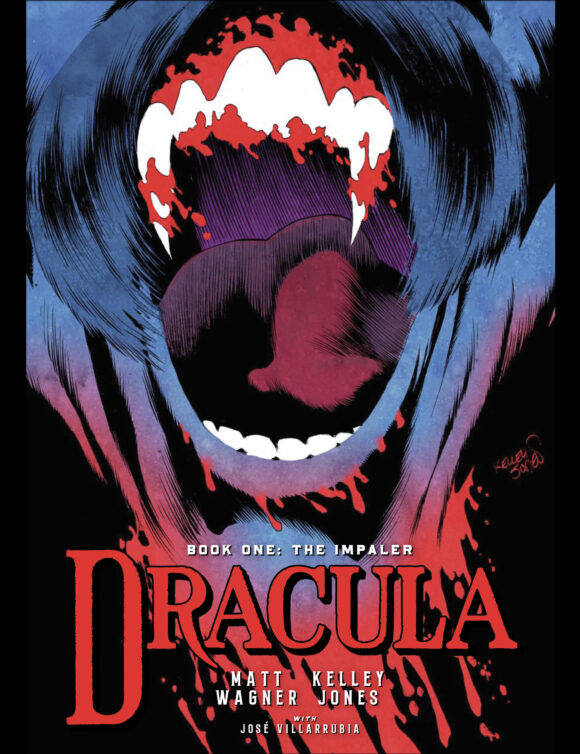
—
For more information on Wagner and Jones’ Dracula Kickstarter campaign, click here.
—
MORE
— Dig MATT WAGNER’s Fantastic CHARACTERTHON. Click here.
— If You Haven’t Read MATT WAGNER’s BATMAN, You’re Doing It Wrong. Click here.
—
MATT WAGNER is a comics artist and writer. He created Mage and Grendel, and has worked on a broad variety of characters, including Batman, the Demon, the Green Hornet, among many others. Check out his new website.

October 17, 2024
I remember an NPR story about the Spanish 1931 Dracula movie—-they said that in some ways this Dracula was authentic “as he only came out at night.”
October 17, 2024
Great article, Matt! I’ve backed both of your Dracula books. Keep em coming!
October 17, 2024
There was a comics mini-series in the mid-1980s (from WARP?) called “Blood of the Innocent” about Dracula meeting Jack the Ripper. I remember liking that quite a bit. Mark Wheatley and Marc Hempel did the artwork.
October 17, 2024
Kim Newman’s Anno Dracula deserves to be on this list. A direct sequel to Stoker’s novel, it shows us a world where Dracula won.
October 18, 2024
Wow, you are telling about some of my favs! Christopher Lee has always been my favorite Dracula, Dracula Has Risen From The Grave being my first theatrical viewing of the Count at 8 years old and have loved Dracula in all incarnations ever since. Through the 70’s I saved my allowance to buy Tomb Of Dracula and the b&w Dracula Lives! I also had some of the Dracula horror anthologies, the one I remember best had Lilith in it. Thank you for giving some love to the Louis Jordan BBC Dracula. I just don’t feel enough people have watched this one and those that do, might think it is too long to sit through, even though I think it is one of the truest adaptions to the novel. Jack Palance does remind me of the Marvel Dracula, finally felt validated after reading interviews by the Marvel team. As for the Fred Saberhagen novels, I feel the best was the first, The Dracula Tapes. What a fun spin on the story. Thanks again for your article, will be in the look out for your publications.